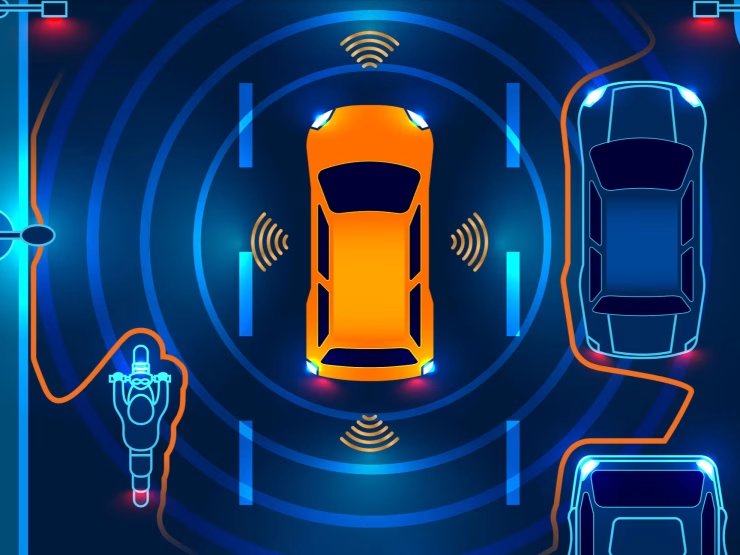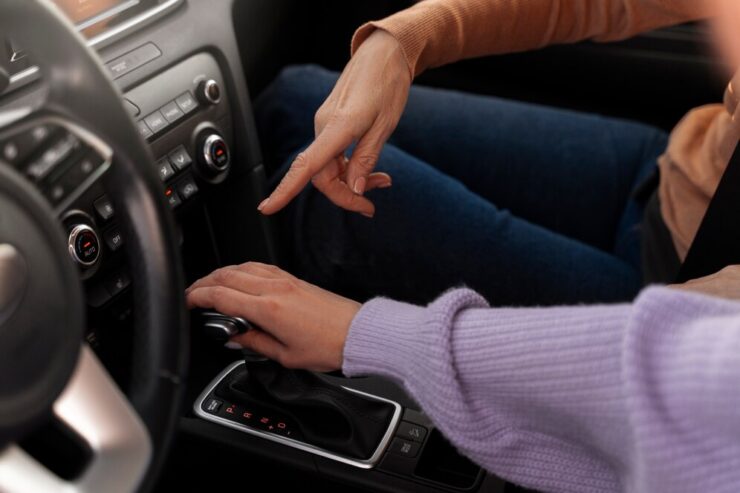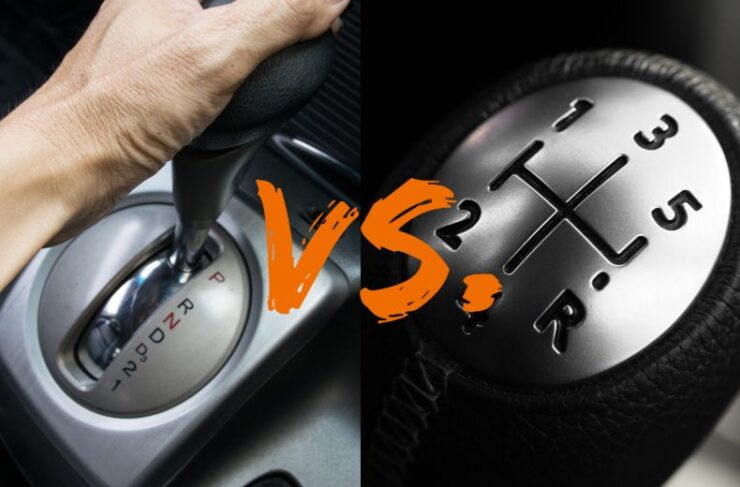So, you’re thinking about getting a car—maybe even your first one. That’s a big deal. One of the first things people run into is this question: manual or automatic? At first, it sounds simple. One has gears you change yourself. The other does it for you. But once you start looking around, especially at used cars, the choice can feel a bit more confusing.
Let’s break it down in the easiest way possible, so it actually makes sense without all the complicated car terms.
What’s the Real Difference Between Manual and Automatic?
Manual cars have a gear stick and a clutch pedal. That means you have to press the clutch, move the stick to a different gear, and then let go of the clutch—all while driving. It takes practice and can be kind of stressful at first. Some people enjoy it because it gives more control, especially when driving fast or on hilly roads.
Automatic cars don’t have a clutch pedal. The car shifts gears on its own, based on how fast you’re going. That means you can just focus on steering, braking, and hitting the gas. It’s way simpler, especially in busy cities or when you’re just starting to drive.
Why Used Automatics Are Catching On
A few years ago, manual cars were cheaper and more common in places like the UK. But things are changing. More drivers are going for automatics now, especially when shopping for used cars. The price difference between manual and automatic isn’t as big as it used to be, and people are realizing how much easier automatics can make daily driving.
If you’re already leaning toward getting something stress-free, checking out a site that offers used automatic cars might save a lot of time and hassle. They’ve got plenty of options that are ready to go and easy to drive, especially for anyone who doesn’t want to mess with a gear stick.
Manual Cars: Why Some People Still Like Them
Even though automatics are growing in popularity, manual cars still have a few things going for them. Some drivers feel more connected to the car because they’re controlling the gears themselves. It can also be more fun for people who enjoy driving as a hobby or sport.
Manual cars are also usually a bit cheaper to repair if something goes wrong with the transmission. Because they’ve got fewer moving parts, there’s less that can break down. And for now, they’re still more common in older used cars, which might make them easier to find for a lower price.
But all that control and lower cost doesn’t mean much if the driver is nervous or new. Stalling in traffic or rolling backward on a hill can be a real pain if you’re not used to it.
Why Automatics Are Way Easier for Most People
One of the biggest reasons people choose automatics—especially in used cars—is how much simpler they are to drive. No stalling. No hill rollbacks. No clutch to learn. It just makes everything feel smoother.
This is a huge win for people who live in cities. There’s stop-and-go traffic, narrow roads, and loads of roundabouts. With an automatic, all that becomes easier. Instead of thinking about gears, your mind can stay on what’s around you.
Plus, automatics are becoming more fuel-efficient than they used to be. Older ones used to waste more fuel, but newer models, even used ones from the last few years, do a much better job.
Used Cars: What Matters Most

When buying a used car, it’s easy to focus only on price or mileage. But how the car feels when driving should be a big part of the decision too. It doesn’t matter if a car is cheap if it’s annoying or hard to use every single day.
Automatic cars give more people a way to enjoy driving without stress. They’re a great pick for young drivers, nervous drivers, or anyone who just wants an easier time on the road. And since there are more of them now in the used market, it’s no longer hard to find a decent one that’s affordable.
Manuals might still be the better choice for someone who’s used to them or who drives long country roads often. But for everyday driving—school runs, work commutes, weekend trips—automatics just make more sense for most.
Is One Safer Than the Other?
Both types of cars can be safe if the driver is focused. But automatic cars do make it easier to avoid distractions. There’s no thinking about when to change gears or if you’re in the right one. That means drivers can keep their attention on the road.
Also, in emergencies, having one less thing to worry about (like the clutch) can help someone react faster. That doesn’t mean manuals are dangerous—they’re not. But automatics might be better for people who need to stay calm and clear-headed while driving, especially in busy places.
What About the Future of Driving?

More electric cars are showing up every year. And guess what? They’re all automatic. That’s right—no gear stick, no clutch, just smooth driving. So, getting used to an automatic now might even make switching to an electric car easier down the line.
Car companies are also making fewer manual cars these days. A lot of new models don’t even come with that option anymore. So when looking at used cars today, it’s smart to think ahead. Choosing an automatic might make it easier to upgrade later on.
What to Remember When Choosing
There’s no single answer that works for everyone. Some people love the old-school feel of driving a manual. Others just want to get where they’re going without overthinking it. Both choices are totally valid.
But when buying used, the big things to focus on are comfort, condition, and cost. If a car is comfortable to drive and runs well, it’s already a win. If it also saves stress and doesn’t cost more in the long run, that’s even better.
So, Which One’s Right?
For most people today, especially newer drivers, automatic cars are just easier to live with. They’re simple to drive, great in traffic, and not hard to find in the used car market. That doesn’t mean manuals are bad—they’re just not the best fit for everyone.
Used automatic cars are becoming the smart pick for anyone who wants driving to feel less like a chore. They’re easier to handle, often better for city driving, and give people more confidence behind the wheel. In the end, that’s what matters most.
Key Takeaways

Choosing between manual and automatic really comes down to how you want to feel while driving. If control, cost, and old-school driving matter more, a manual might fit. But if the goal is less stress, simpler driving, and more time to enjoy the road, an automatic is probably the better move—especially when buying used.
Think about where the car will be used, how much driving will happen, and how confident the driver is. Then go with what makes the most sense. Driving should feel good, not frustrating. That’s when a car really becomes worth it.

